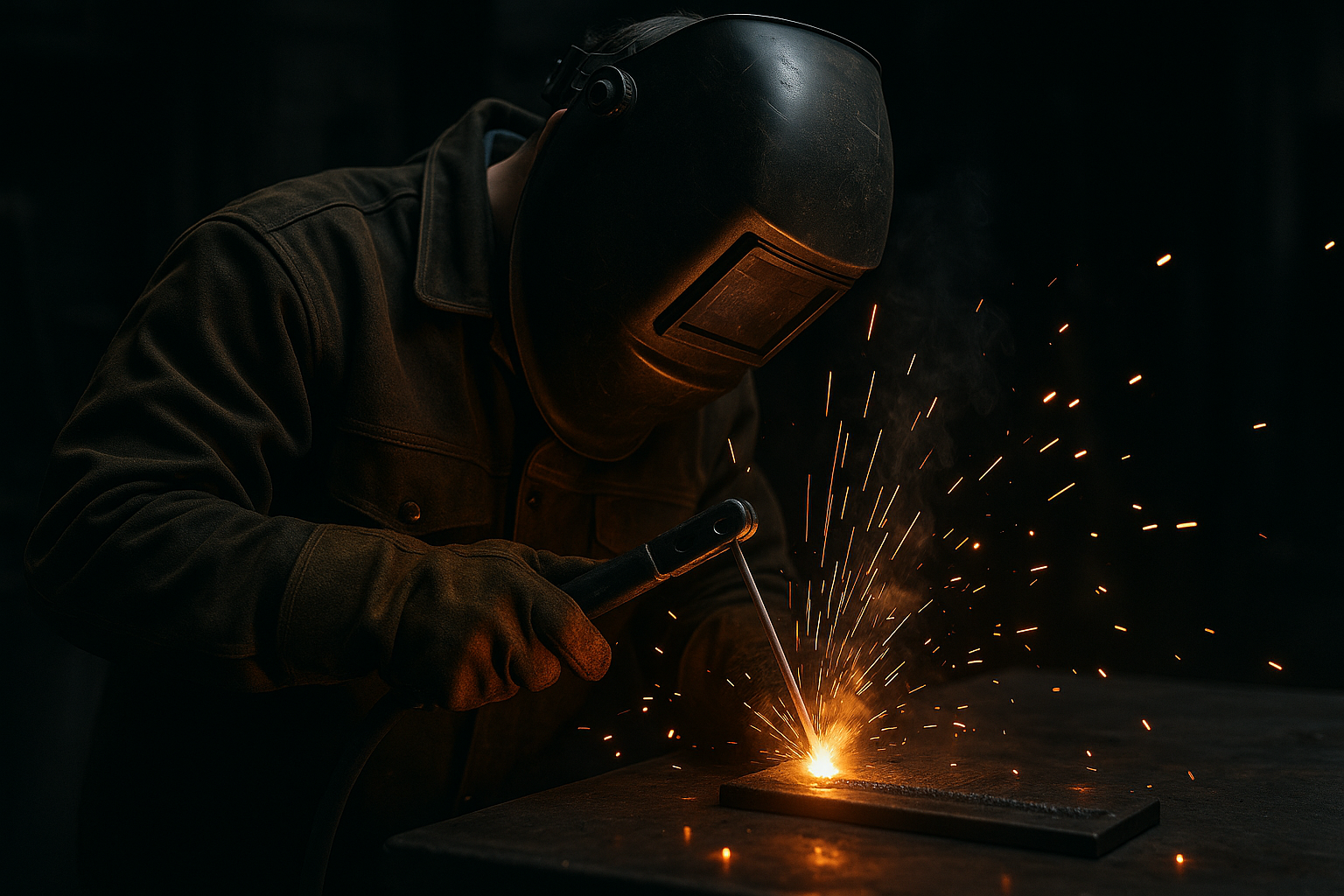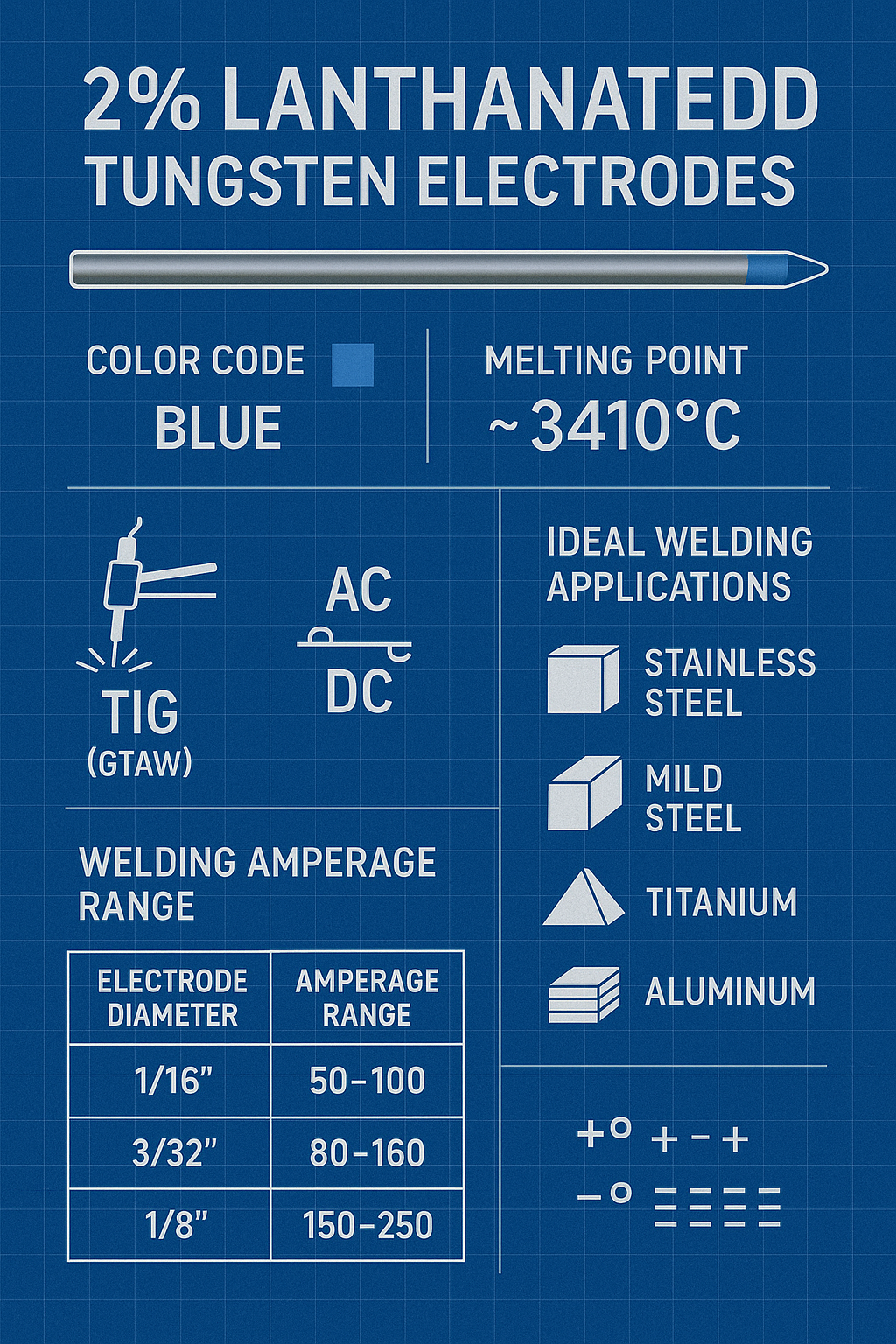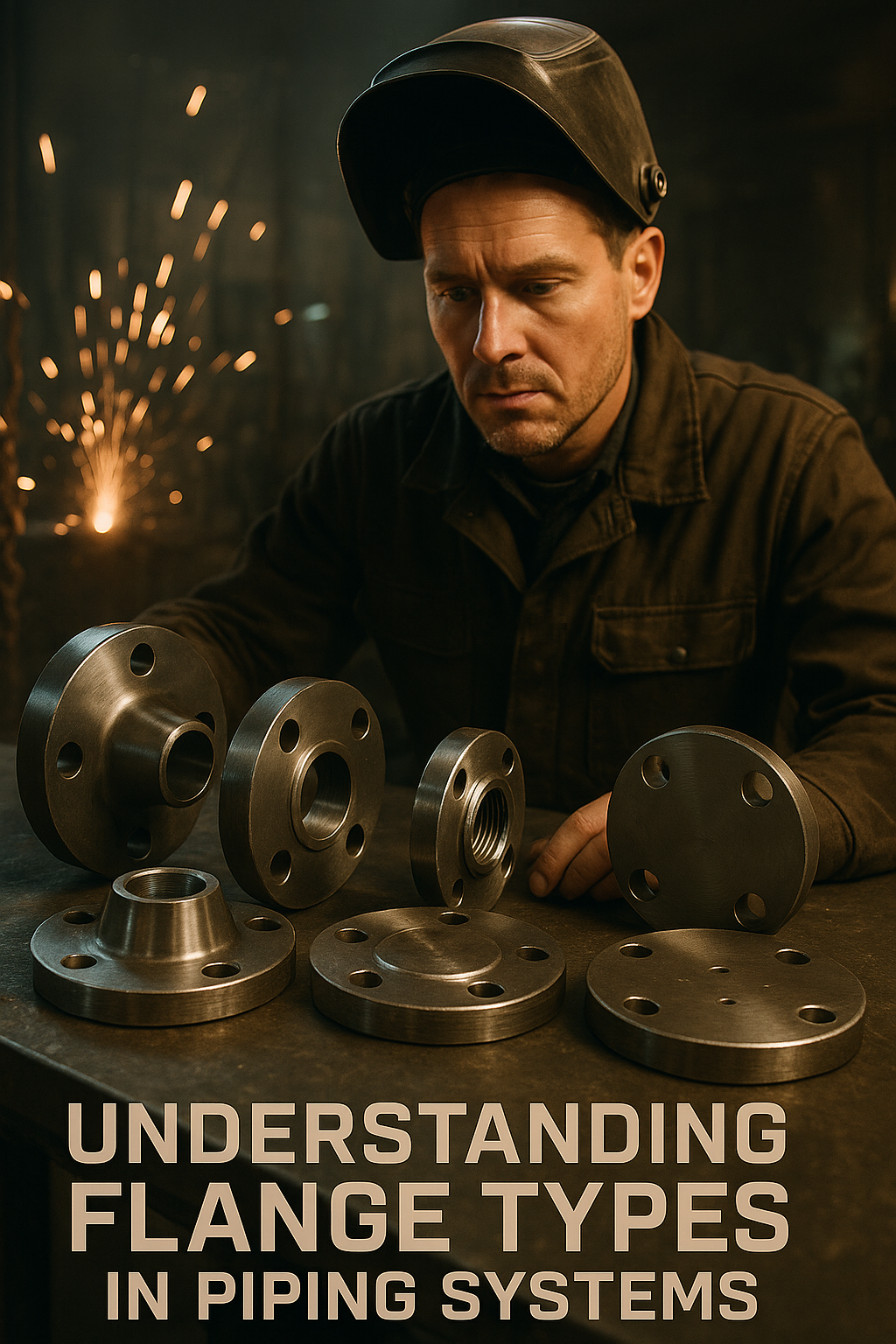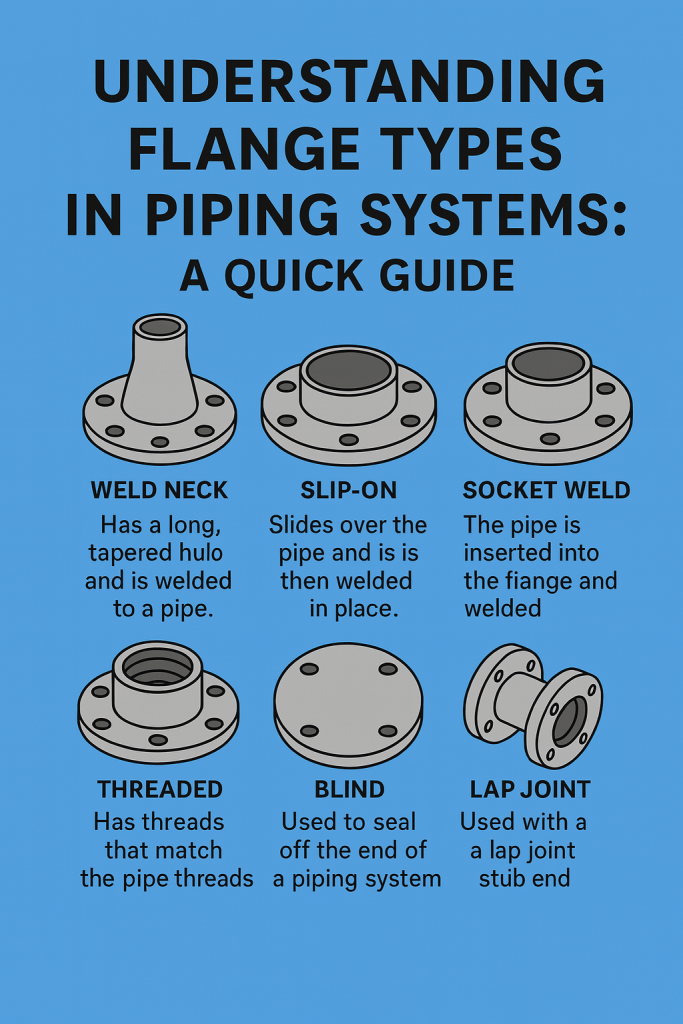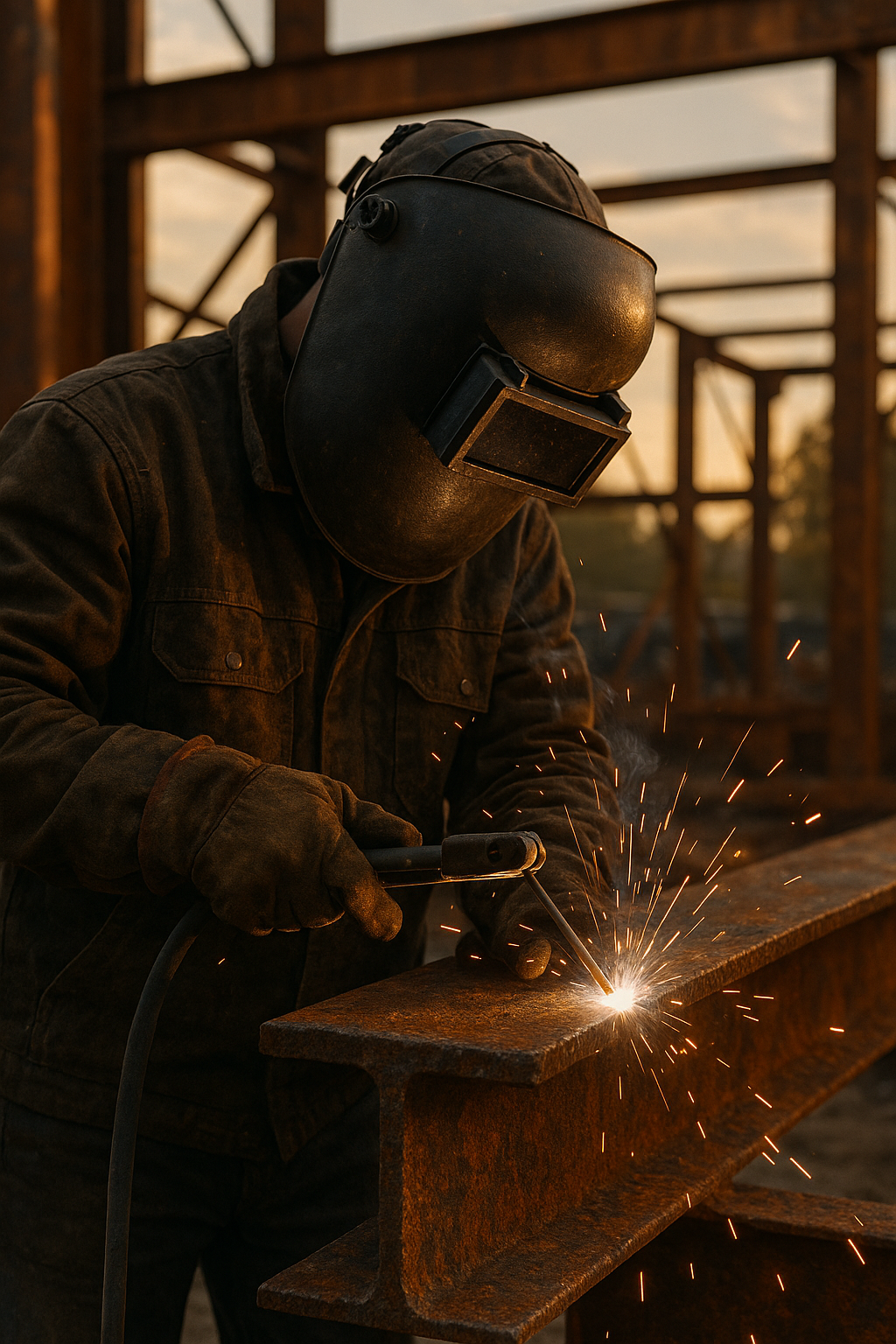“Welding Stainless Passivation: Strength Meets Lasting Protection.”
Introduction
Welding stainless passivation refers to the process of restoring and enhancing the corrosion resistance of stainless steel surfaces after welding. During welding, the protective chromium oxide layer on stainless steel can be damaged or removed, making the material susceptible to rust and corrosion. Passivation involves cleaning the welded area, typically using acid solutions such as nitric or citric acid, to remove contaminants like iron particles and heat tint. This treatment promotes the formation of a new, uniform chromium oxide layer, ensuring the stainless steel retains its durability and resistance to environmental factors. Proper passivation is essential in industries where hygiene and longevity of stainless steel components are critical, such as food processing, pharmaceuticals, and chemical processing.
Common Mistakes To Avoid During Stainless Steel Passivation After Welding
Welding stainless steel is a critical process in many industries, valued for its strength, durability, and resistance to corrosion. However, the welding process can compromise the protective chromium oxide layer that gives stainless steel its corrosion-resistant properties. To restore this layer and ensure long-term performance, passivation is essential. Despite its importance, several common mistakes can occur during stainless steel passivation after welding, potentially undermining the effectiveness of the process. Understanding and avoiding these pitfalls is crucial for maintaining the integrity and longevity of stainless steel components.
One frequent mistake is neglecting to thoroughly clean the welded area before passivation. Residual contaminants such as grease, oil, dirt, or welding flux can interfere with the chemical reactions necessary for effective passivation. If these substances are not completely removed, the passivation solution may not contact the stainless steel surface uniformly, resulting in incomplete or uneven formation of the protective oxide layer. Therefore, it is imperative to use appropriate cleaning agents and techniques, such as degreasing and rinsing with deionized water, prior to initiating the passivation process.
Another common error involves improper selection or application of passivation chemicals. Different grades of stainless steel may require specific passivation solutions, such as nitric acid or citric acid, to achieve optimal results. Using the wrong chemical or incorrect concentration can lead to insufficient passivation or even damage the material. Additionally, failing to adhere to recommended temperature and exposure time guidelines can compromise the process. For instance, excessive exposure to strong acids may cause pitting or etching, while insufficient exposure may leave the surface vulnerable to corrosion. It is essential to consult manufacturer recommendations and industry standards to ensure the correct procedure is followed for each specific application.
Inadequate rinsing after passivation is another mistake that can have serious consequences. Residual passivation chemicals left on the stainless steel surface can cause staining, discoloration, or even localized corrosion over time. To prevent this, it is vital to thoroughly rinse the component with high-purity water, such as deionized or distilled water, immediately after passivation. This step ensures that all chemical residues are removed, leaving behind a clean, passive surface.
Furthermore, overlooking the importance of surface condition can also hinder the effectiveness of passivation. Welded areas often exhibit heat tint, scale, or discoloration, which are signs of chromium depletion and oxidation. If these imperfections are not removed through mechanical or chemical means, such as pickling or abrasive cleaning, the passivation process may not fully restore the protective oxide layer. As a result, the welded joint may remain susceptible to corrosion, particularly in aggressive environments.
Finally, failing to verify the success of the passivation process is a mistake that can lead to unexpected failures in service. Simple tests, such as water break tests or copper sulfate tests, can be used to assess the quality of the passive layer. Regular inspection and documentation help ensure that the passivation process has been effective and that the stainless steel component is ready for use.
In summary, avoiding these common mistakes during stainless steel passivation after welding is essential for preserving the material’s corrosion resistance and ensuring the reliability of welded structures. By paying careful attention to cleaning, chemical selection, rinsing, surface preparation, and verification, manufacturers and fabricators can achieve optimal results and extend the service life of stainless steel components.
Step-By-Step Guide To Passivating Welded Stainless Steel
Welding stainless steel is a common practice in various industries due to the material’s excellent corrosion resistance and mechanical properties. However, the welding process can compromise the protective chromium oxide layer on the surface, making the metal susceptible to corrosion. To restore and enhance this protective layer, passivation is essential. Understanding the step-by-step process of passivating welded stainless steel ensures the longevity and performance of the finished product.
The first step in passivating welded stainless steel involves thorough cleaning of the welded area. After welding, the surface often contains contaminants such as grease, oil, dirt, and welding residues. These impurities must be removed to allow the passivation process to be effective. Typically, a degreasing agent or a mild alkaline cleaner is used to eliminate organic contaminants. It is important to rinse the surface with clean water after degreasing to prevent any residue from interfering with subsequent steps.
Once the surface is clean, the next step is to remove any heat tint, scale, or discoloration caused by the welding process. These imperfections are not only unsightly but also indicate areas where the protective oxide layer has been compromised. Mechanical methods such as grinding, brushing with stainless steel brushes, or abrasive blasting can be employed to remove these oxides. Alternatively, chemical pickling using a mixture of nitric and hydrofluoric acids can effectively dissolve the scale and restore a uniform surface. Regardless of the method chosen, it is crucial to ensure that all residues are thoroughly rinsed away with water to prevent further contamination.
Following the removal of surface oxides, the actual passivation process can begin. Passivation typically involves immersing or applying a solution of nitric acid or citric acid to the stainless steel surface. The acid reacts with the metal, removing any free iron and promoting the formation of a new, stable chromium oxide layer. The concentration of the acid, temperature, and duration of exposure depend on the specific grade of stainless steel and the manufacturer’s recommendations. Generally, the process lasts between 20 and 60 minutes. During this time, it is important to monitor the process to ensure complete coverage and avoid overexposure, which could damage the metal.
After the passivation treatment, the stainless steel must be thoroughly rinsed with deionized or distilled water to remove any residual acid. This step is critical, as leftover acid can lead to pitting or further corrosion. The rinsing process should continue until the pH of the rinse water is neutral, indicating that all acid has been removed. In some cases, a final drying step using clean, lint-free cloths or air drying is recommended to prevent water spots or streaks.
To verify the effectiveness of the passivation process, testing may be conducted. Common methods include water immersion tests, copper sulfate tests, or more advanced techniques such as X-ray photoelectron spectroscopy. These tests help ensure that the protective chromium oxide layer has been restored and that the surface is free from contaminants that could initiate corrosion.
In summary, passivating welded stainless steel is a meticulous process that involves cleaning, oxide removal, acid treatment, thorough rinsing, and verification. Each step is vital to restoring the material’s corrosion resistance and ensuring the durability of the welded structure. By following these procedures, manufacturers and fabricators can maintain the integrity and longevity of stainless steel components in demanding environments.
Understanding The Importance Of Stainless Steel Passivation In Welding
Welding stainless steel is a process that demands precision and a thorough understanding of the material’s unique properties. One critical aspect that often determines the long-term performance and durability of welded stainless steel structures is passivation. Understanding the importance of stainless steel passivation in welding is essential for ensuring that the final product maintains its corrosion resistance and aesthetic appeal over time.
Stainless steel is renowned for its ability to resist corrosion, a property that is largely attributed to the presence of a thin, invisible layer of chromium oxide on its surface. This passive layer forms naturally when chromium in the steel reacts with oxygen in the environment, creating a barrier that protects the underlying metal from corrosive elements. However, the welding process can disrupt this protective layer. High temperatures, exposure to atmospheric gases, and the introduction of contaminants during welding can all compromise the integrity of the passive film. As a result, the welded area may become more susceptible to corrosion, particularly in harsh environments or when exposed to chemicals.
To address this vulnerability, passivation is employed as a post-welding treatment. Passivation involves the use of chemical solutions, typically containing nitric or citric acid, to remove free iron and other surface contaminants from the stainless steel. This process not only cleans the surface but also promotes the reformation of the chromium oxide layer, thereby restoring the material’s corrosion-resistant properties. By ensuring that the passive layer is continuous and uniform, passivation helps to prevent localized corrosion such as pitting or crevice corrosion, which can compromise the structural integrity of the welded component.
Moreover, the importance of passivation extends beyond corrosion resistance. During welding, surface imperfections, heat tint, and discoloration can occur, detracting from the appearance of the finished product. Passivation effectively removes these imperfections, resulting in a cleaner, more visually appealing surface. This is particularly important in industries where aesthetics are as critical as performance, such as in architectural applications or the food and beverage sector.
In addition to enhancing appearance and corrosion resistance, passivation also plays a role in maintaining the hygienic properties of stainless steel. In industries such as pharmaceuticals and food processing, even minor surface contamination can harbor bacteria or other harmful agents. By thoroughly cleaning and passivating welded stainless steel surfaces, manufacturers can ensure that their equipment meets stringent hygiene standards and regulatory requirements.
It is also worth noting that the effectiveness of passivation depends on proper execution. Factors such as the choice of chemical solution, concentration, temperature, and treatment duration must be carefully controlled to achieve optimal results. Furthermore, thorough rinsing and drying after passivation are essential to remove any residual chemicals that could otherwise cause staining or further corrosion.
In summary, stainless steel passivation is a vital step in the welding process that should not be overlooked. By restoring and enhancing the protective chromium oxide layer, passivation ensures that welded stainless steel components retain their corrosion resistance, appearance, and hygienic qualities. As such, understanding and implementing effective passivation practices is crucial for anyone involved in the fabrication or maintenance of stainless steel structures. Through careful attention to this process, the longevity and performance of welded stainless steel can be significantly improved, ultimately contributing to safer and more reliable products.
Conclusion
Welding stainless steel can compromise its corrosion resistance by disrupting the protective chromium oxide layer, making passivation essential after welding. Passivation restores this layer by removing surface contaminants and iron particles, thereby enhancing the material’s resistance to corrosion. In conclusion, post-weld passivation is a critical step to ensure the longevity and durability of stainless steel welds, maintaining their optimal performance in corrosive environments.
